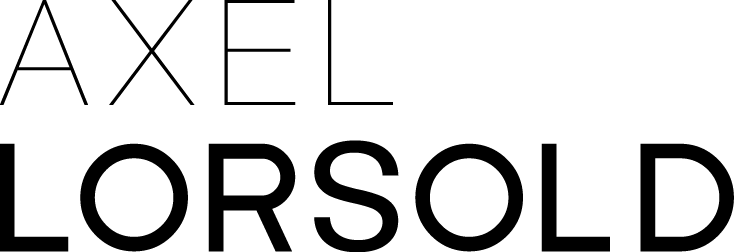THE WAY I WORK: A USER-CENTERED APPROACH
An efficient design-thinking process to focus on proposals which make sense. Each project is a different case with different needs. However, going through the following 3 phases will insure the best results on every study.
PHASE 1. ANALYSIS & RESEARCH
Because a good design is a design which is relevant in its context, specify precisely this context is essential. In order to achieve it, my creative process starts by a study of products, users and brands.
- A clear understanding of what a product is made with and how, will help to define where improvements and compromises can be done.
- Trends analysis, study of needs and ethnographic design research is one of the most important part of this phase. Being in contact with the future users, understand their needs and their aspirations, is crutial to be able to imagine a way to magnifie their experiences.
- Then to imagine right propositions, and how to position it on the market, a brand DNA exploration is necessary. It is a must to be innovative in a focused perimeter.
PHASE 2. IDEATION
The goal here will be to propose solutions which are a balance of user experience inputs, ergonomic solutions, innovative functions and a relevant aesthetic. The targeted result: an emotional experience that people will enjoy, share, remember, live with.
Brainstormings, drawings, sketches, 3D models, renderings, ergonomic mockups, cosmetic mockups, etc, the approach will be adapted to each scenario. But the purpose remain the same: share concepts and points of views and develop ideas until the most accurate one has been found.
Iteration process, all the study from phase 1 to 3 will be used to evaluate the final proposal. Testing concepts with targeted users remain the best way to validate or correct it.
PHASE 3. DEVELOPMENT & FOLLOW-UP
The most rigourous phase: design details. Emotion has to be present when people will look at the product, purchase it and start using it.
My role as a designer will be to collaborate with the team members to:
- Provide the necessary files and documentation for the production (images, 3D models, make up sheets, blueprints, etc.).
- Help manufactures: make sure to propose solutions which respect the design guide line.
- Support the communication; every element of a same project must remain coherent. From the packaging to apps, POS, or other communication tools.
- Follow up the project during and after its production. Getting feed-backs based on fact and numbers will allow to improve the next generation of products.
